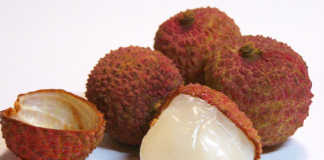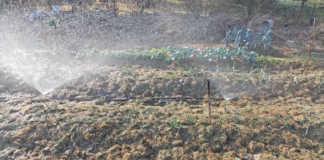What causes cabbages to crack?
The first cause of cracking is an uneven growth tempo due to dry conditions and starting from a smaller, tight head. conditions suddenly change and rain or adequate irrigation becomes available close to maturity, the internal water pressure causes the cabbage to burst.
Uneven growth tempo can also be caused by insufficient fertiliser, which holds the crop back and then speeds up again when this is rectified at an advanced stage. In this case, it is usually caused by nitrogen fluctuations.
Cracking can happen when the crop is fully matured. The cabbage becomes more dense and heavier, causing it to burst unless the growth is checked. I’ve withheld water at full maturity to try and hold back the crop while catching up with harvesting – only to get good rains at the same time. I could hear them cracking during cutting and some gave me quite a fright when bursting close by.
The season as well as the variety and head shape greatly influence the cabbage’s crack susceptibility. The natural season for going to seed after the cold is early summer. The amount of cold needed to bolt varies considerably between varieties.
Some cold-tolerant varieties could also be highly susceptible to bolting. When these varieties are young and going through cold, they may not even attempt to form a head and go directly into the flowering stage. The same varieties, when planted earlier, will form a head and then crack after the cold in warmer weather. This is caused by the growing point in the head extending and causing cracking. Cut through a head in late winter and calculate the likelihood of this happening by the position of the growing point relative to the head development. In cross section, the more leaves across the growing tip, the safer it is.
An exterior alarm signal is the shape of the head. If it becomes dome-shaped when it isn’t naturally a dome-shaped variety, it signals the start of this process. remember when a farmer noticed a particular variety manifesting this. He confirmed this by cutting open some heads and quickly cut the whole crop even though it was a bit on the immature side. He managed to market his whole crop whereas other farmers, who picked up this development too late, couldn’t do so.
The colder the area, the more likely this is to happen. Generally, varieties that are slightly flattened are safer for this season than round varieties. It is usual for them to develop a more rounded shape in early summer than they would if grown in late summer. Anticipating the likelihood of bolting can save money by planning the harvesting schedule to minimise losses. – |FW
Contact Bill Kerr on (016) 366 0616 or e-mail [email protected].













